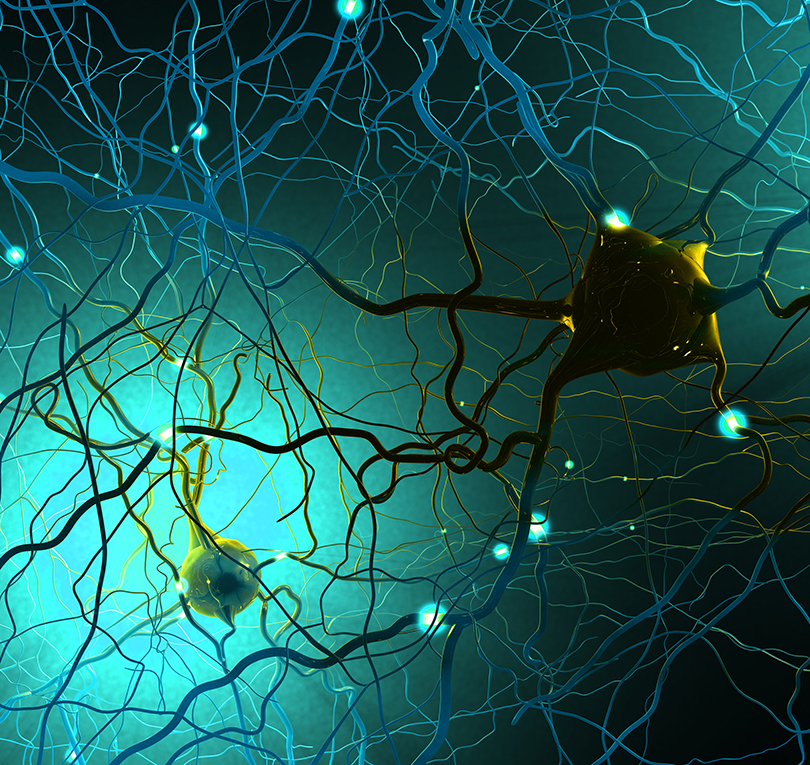Publications
Praxis is strongly committed to sharing details of the great work that is taking place throughout the SCI field. Explore SCI-related scientific papers, reports and more.

This is the breadcrumbs block. Breadcrumb will populate on actual page.
James J Laskin, Zeina Waheed, Nancy P Thorogood, Tom E Nightingale, Vanessa K Noonan
Arch Phys Med Rehabil. Online ahead of print (2022). doi.org/10.1016/j.apmr.2022.01.161
Objective
To describe the status of spinal cord stimulation (SCS) research for the improvement of motor, sensory and autonomic function for individuals living with a spinal cord injury (SCI).
Data Sources
This scoping review identified original research published prior to March 31, 2021, via literature searches using Medline, EMBASE, PubMed, Science Direct, CINAHL, Sport Discus, Web of Science, as well as a targeted search for well-known principal investigators. Search terms included permutations of “spinal cord stimulation”, “epidural spinal cord stimulation”, “transcutaneous spinal cord stimulation”, “magnetic spinal cord stimulation” and “neuromodulation”.
Study Selection
Studies were included if they: 1) were in English, 2) presented original research on humans living with a SCI, and 3) investigated at least one of the three forms of SCS.
Data Extraction
Extracted data included: authors, publication year, participant characteristics, purpose, study design, stimulation (device, location, parameters,) primary outcomes, and adverse events.
Data Synthesis
As a scoping review the extracted data was tabulated and presented descriptively. Themes and gaps in the literature were identified and reported. Of the 5,754 articles screened, 103 articles were included (55 epidural, 36 transcutaneous and 12 magnetic). The primary research design was a case study or series with only a single randomized clinical trial. Motor recovery was the most common primary outcome for epidural and transcutaneous SCS studies whereas bowel and bladder outcomes were most common for magnetic. Seventy percent of the studies included 10 or fewer participants, and 18 articles documented at least one adverse event. Incomplete stimulation parameter descriptions were noted across many studies. No articles mentioned direct engagement of consumers or advocacy groups.
Conclusion
This review identified a need for more robust study designs, larger sample sizes, comparative studies, improved reporting of stimulation parameters, adverse event data, and alignment of outcomes with the priorities of the SCI community.
Acknowledgements
This work was supported by funding from Praxis Spinal Cord Institute and Western Economic Diversification Canada. The authors would also like to acknowledge the assistance of John Chernesky and Dr. Parag Gad in reviewing portions of the manuscript.
Continue to the Open Access article.
This scoping review explored the three different types of spinal cord stimulation to understand what research has already been done for individuals with spinal cord injury and provide input on where research in this area needs to improve.
The three types of spinal cord stimulation are:
All three types have been previously shown to improve functional health and well-being.
This study found that a majority of research in epidural and transcutaneous stimulation focuses on motor recovery while magnetic stimulation primarily focuses on bowel and bladder function. However, within the last year, there has been more variety in the types of functions that were examined.
The study also highlights the need for future studies to improve on the consistency in reporting data by using similar terminology and research outcomes, and complete more randomized controlled studies which are considered the gold standard for research studies.
Future studies should also involve more multicenter trials to increase the typically small number of participants for each trial, start to meaningfully engage with those of lived experience in the planning stages of studies to ensure that the research is a priority to those population groups, and to undergo more comparative studies between the different types of spinal cord stimulation.
Praxis is strongly committed to sharing details of the great work that is taking place throughout the SCI field. Explore SCI-related scientific papers, reports and more.
